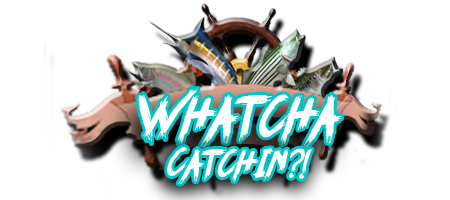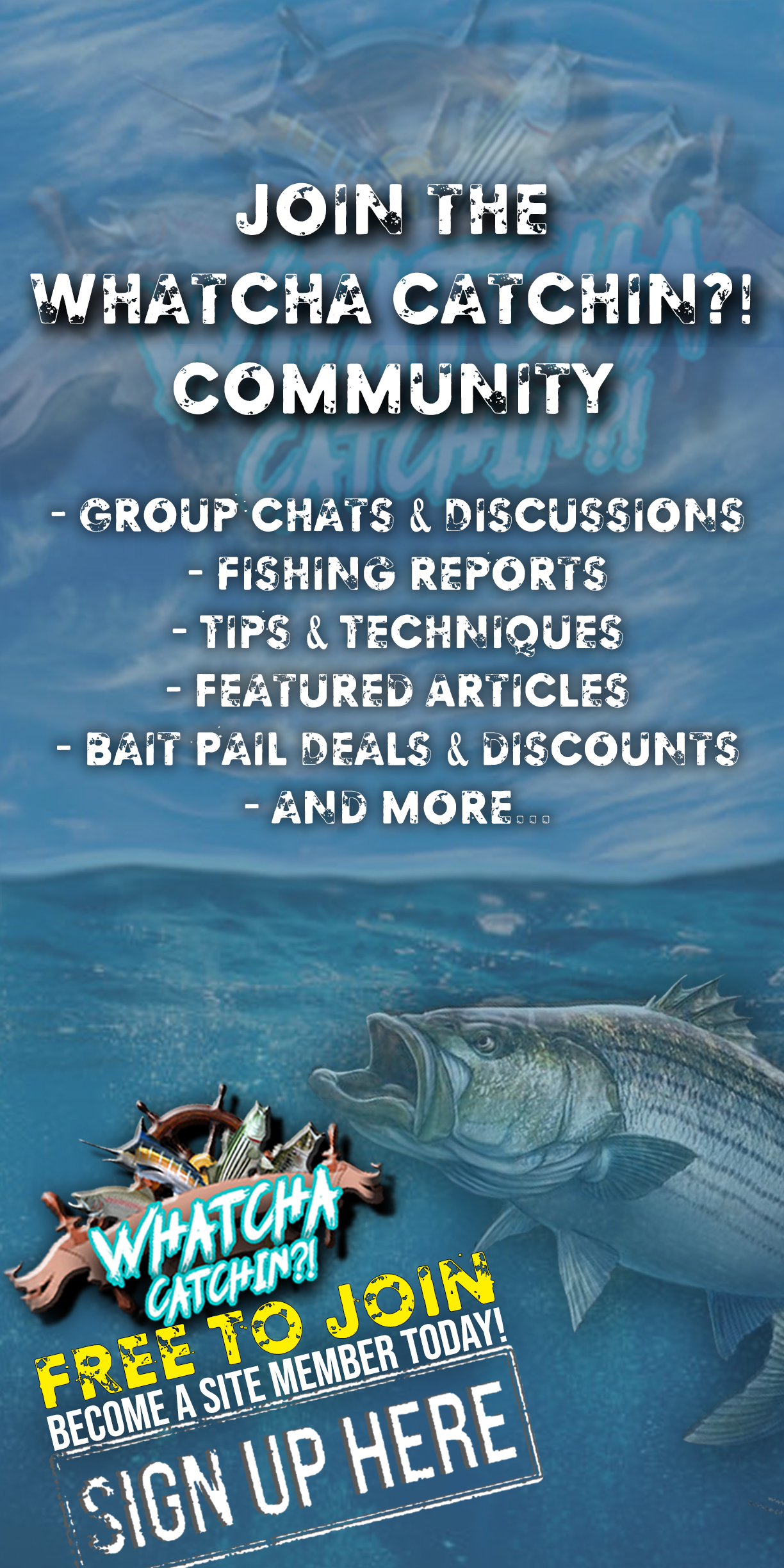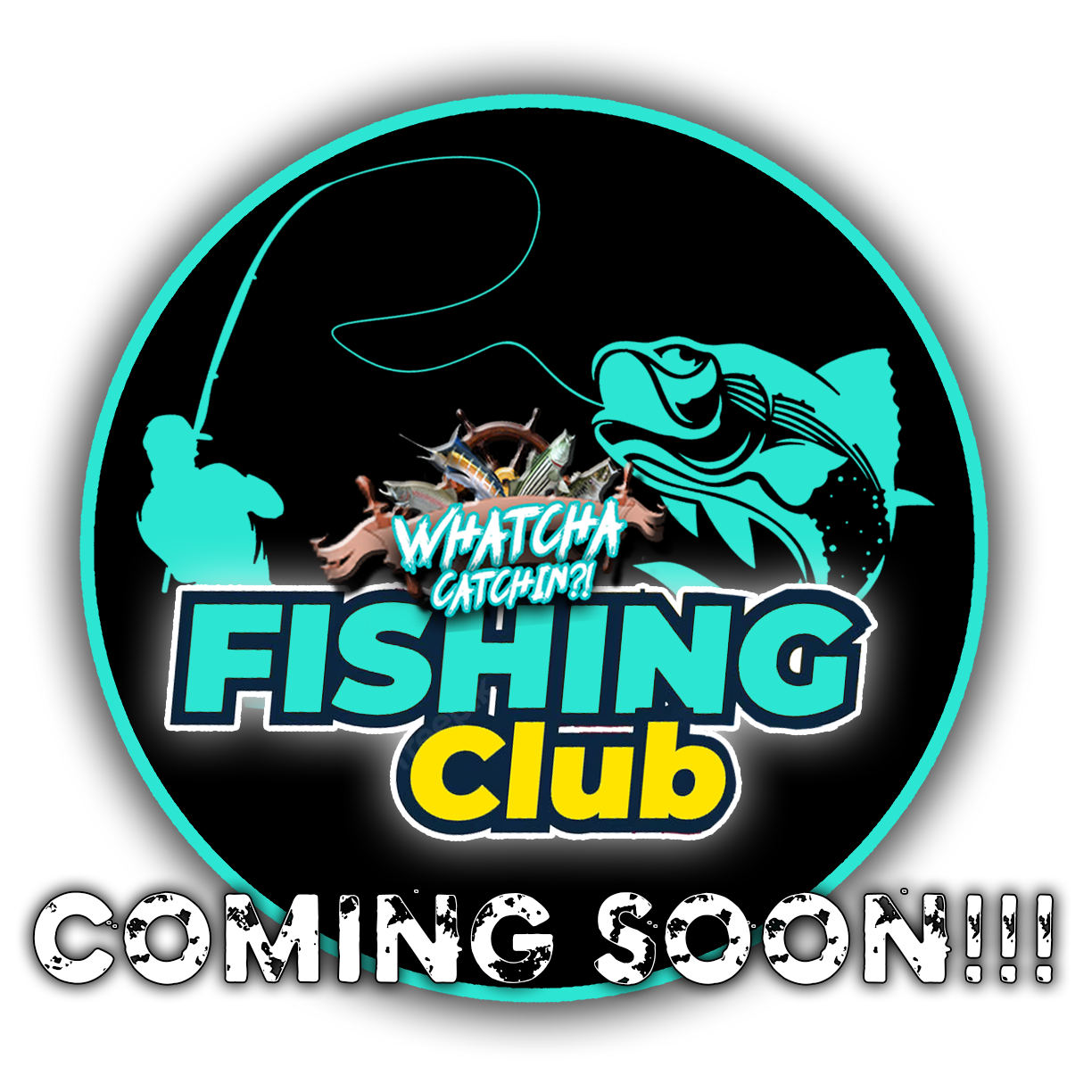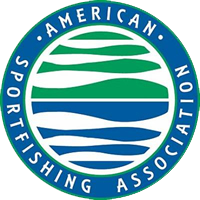If we want to catch more fish, we need to figure out a couple of things about the fish. This is called establishing a pattern. You need to find an area that is holding the species of fish that you’re after, then you need to determine what bait those fish are most willing to eat. Once you find the fish, then determine what they’re most likely to eat, you’re chances for getting bit will increase substantially. Here’s how a pattern is established.
Two friends and I were fishing for walleyes. Our sonar indicated that the walleyes were scattered in the fourteen to eighteen foot range. The ones in the shallower water were close to the bottom, the ones over deeper water were two to four feet off the bottom. When the fish are scattered, it usually works best to troll crankbaits. Water can be covered quickly when trolling, and walleyes like to eat crankbaits in the summer.
We were fishing in a state that allows two lines per angler. Be sure to know how many lines regulations permit where you’re fishing. It’s usually an advantage to get as many different lures as possible in the water to figure out what the fish want when it comes to trolling for walleyes.
We started with a variety of crankbaits. Some ran deeper than others and all were a different color. We wanted the baits directly behind the boat, flat lines, to be running deeper to prevent spooking the fish, so we used Bonsai Shad and Banana Shad baits. We felt that this set-up would appeal most to the walleyes that were in the deeper water.
To catch the fish that were closer to the surface, we did things differently. A boat going overhead will spook fish that are close to the surface, but those fish, if they’re not spooked, are often biters. We needed to use baits that would run a little above the fish, but we also needed to avoid scaring them. Planer boards enabled us to do that. Planer boards take the bait to the side away from the boat, and that prevents spooking the fish. We attached Lucky Shad and Hornet crankbaits to our lines. Both run a foot or two above the level where the walleyes off the bottom were. We let them out about fifty feet, then attached the boards. The Off Shore planer boards that we employed are easy to use and outstanding at revealing when a fish hits.
After about an hour of trolling, we learned that most of the walleyes were hitting the baits behind planer boards, and perch colored baits were most productive. We reeled in one of the flat lines and put out another board line and a perch colored bait and caught more fish. After another hour, we figured out that a Gold Fluorescent Perch Hornet in the #5 size was what the walleyes were most willing to hit. Remember that color preference can change quickly. If conditions change, the fish might start hitting another color better. Load up on the current hot color, but also keep trying different colors just to make sure that you’re not missing something.
Establishing a pattern enabled my friends and me to have a good day of walleye catching, but the pattern concept applies to bass, panfish, and any other fish. Figure out where the fish are and what they want to eat and you’ll catch more of them.
by Bob Jensen










